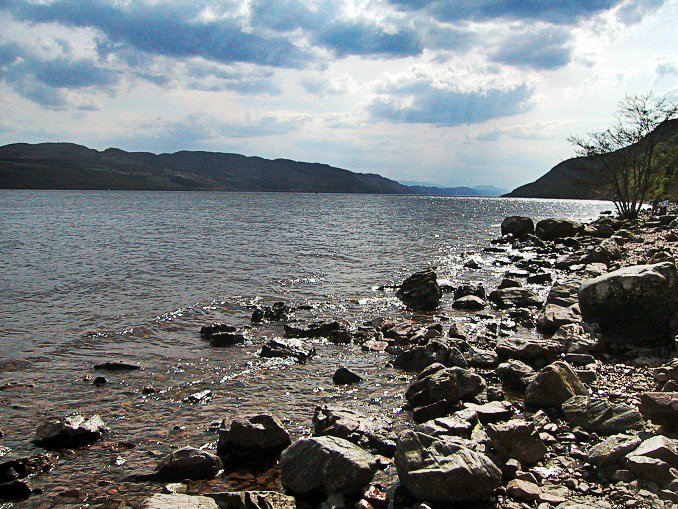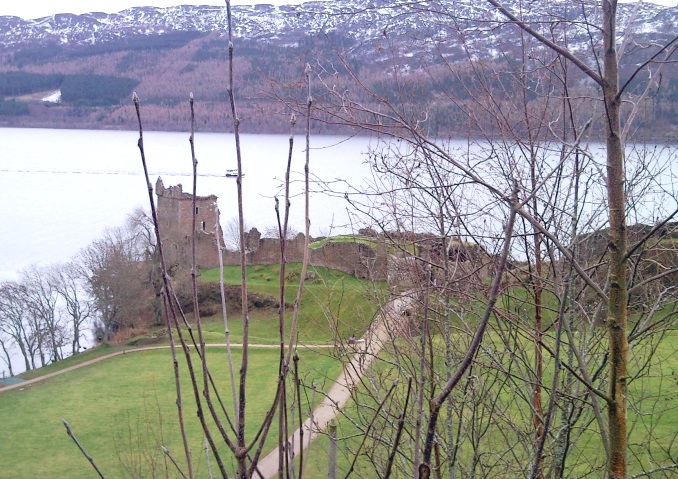Loch Ness - Much More Than Just a Legendary Monster
Loch Ness (Scottish Gaelic: Loch Nis) is a freshwater loch in the Scottish Highlands (A' Ghàidhealtachd). It is, of course, famous throughout the world for being home to the mysterious, elusive, large aquatic animal known as the Loch Ness Monster affectionately known by the nickname Nessie (Niseag). There is no doubt that Nessie brings many visitors to the loch. However, there is much more to Loch Ness than the monster. It is a place of great beauty and has been described as a photographers paradise surrounded as it is by spectacular scenery. There are many boat trips on the loch as well as walks that allow people to take in the dramatic landscape.
Loch Ness is located in the Great Glen (Scottish Gaelic: An Gleann Mòr). The Great Glen follows the line of a large geographical fault which has been active for some 400 million years. Loch Ness as we know it today dates back to the end of the last Ice Age when the Great Glen was filled by a large glacier. Glaciation in the last Ice Age began 33,000 years ago and reached its height about 22,000 years ago. Powerful ice streams shaped the area of Loch Ness where they carved a deep a glacial trough from the existing valley and formed a deep rock basin on its floor.
Amongst other popular sites to visit in the area is Urquhart Castle (Scottish Gaelic: Caisteal na Sròine) the remains of a thirteenth century castle that stands on a headland overlooking Loch Ness. Last year, in 2018, Urquhart Castle broke records with 518,195 visitors, the first time it has surpassed half a million. Urquhart Castle was built from the 13th to 16th centuries. In 1296 it was captured by Edward I of England. Afterwards it changed hands between Scottish and English forces. In 1332, following the death of King Robert Bruce (11 July 1274 – 7 June 1329), Urquhart Castle was the only Highland castle that held out against the English.
However, once the English had gone the castle remained the scene of conflict, this time between the Crown and the MacDonalds, Lords of the Isles. The fortress was much fought over until the time of the final MacDonald raid in 1545. The castle finally fell into decay after it was blown up by government forces in 1692 after they had garrisoned it during the Jacobite rebellion. The promontory on which the building stood, however, was an important location even before the building of Urquhart Castle and a piece of a Pictish brooch dating from the late 8th or early 9th century has been found there. It is thought to be the site where the Pictish nobleman, Emchath, lived and was baptised by St Columba in about 580 AD. At the time St Columba was journeying in the lands of the Picts having travelled from his monastery in Iona to the court of the King of the Picts, Bridei.
So there is more to Loch Ness than Nessie. Nevertheless, she is viewed by most people with fondness. Many go to the loch in the hope of a glimpse of this famous elusive monster. After all, the world would be a more interesting place with such a great creature in it.







